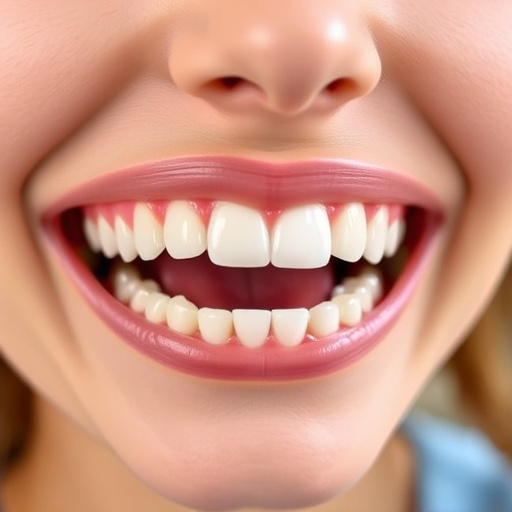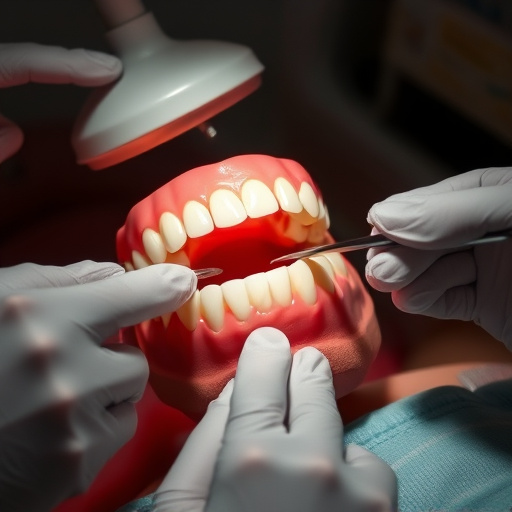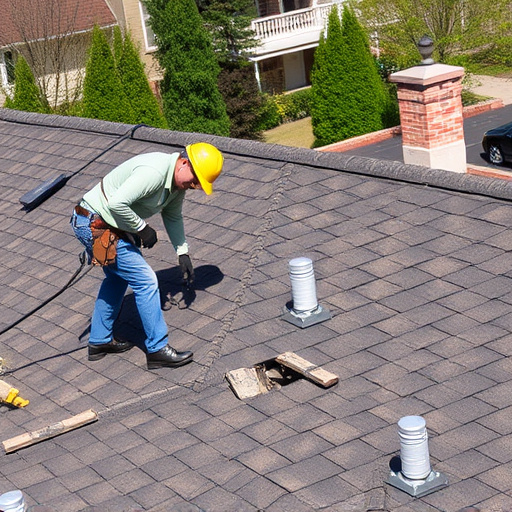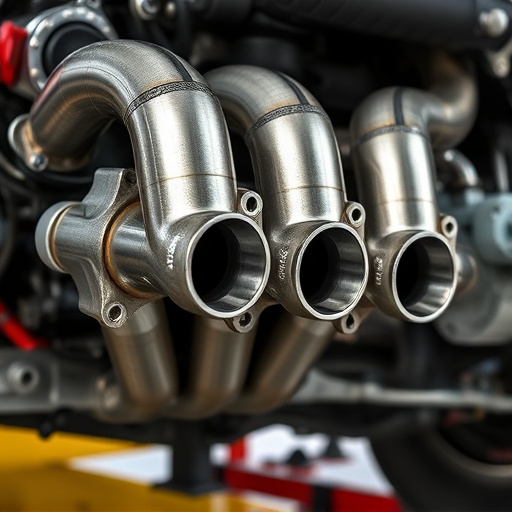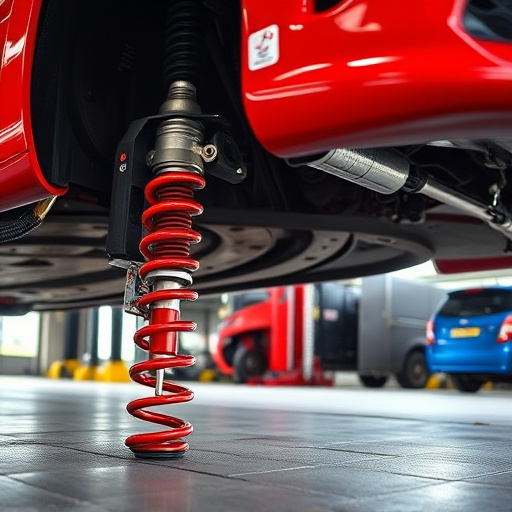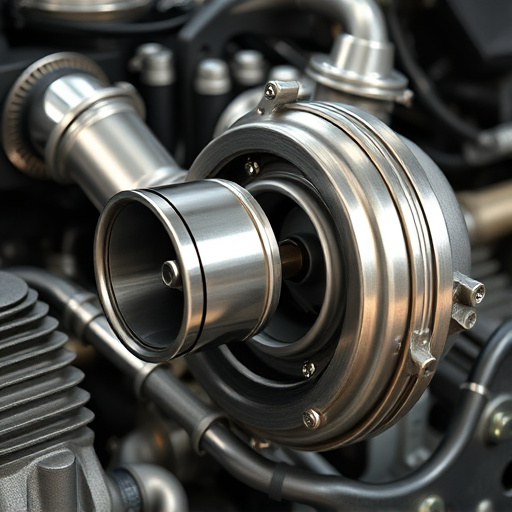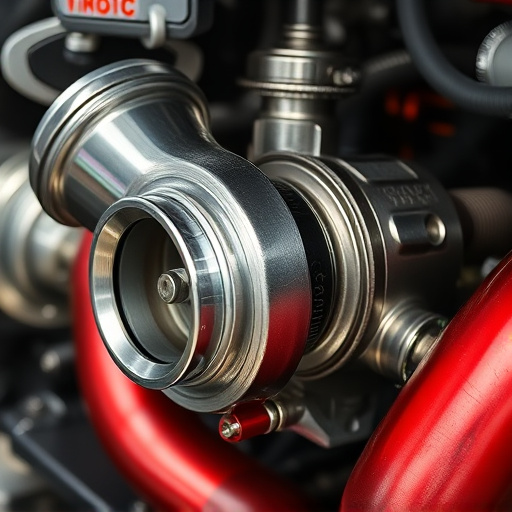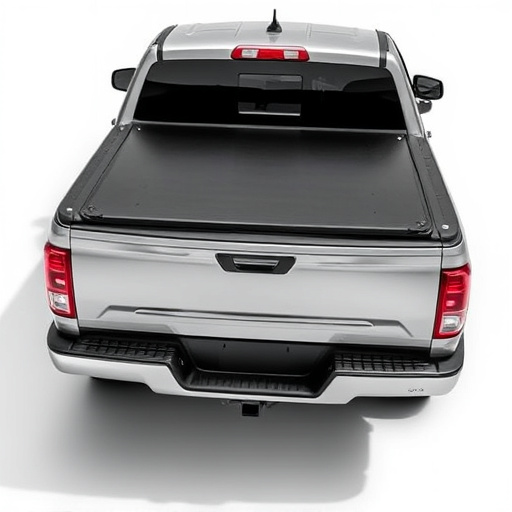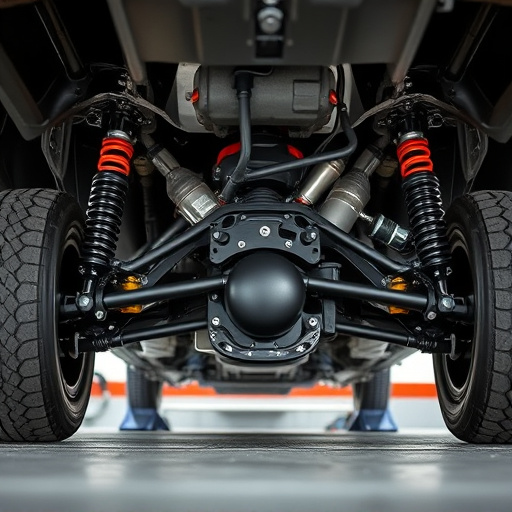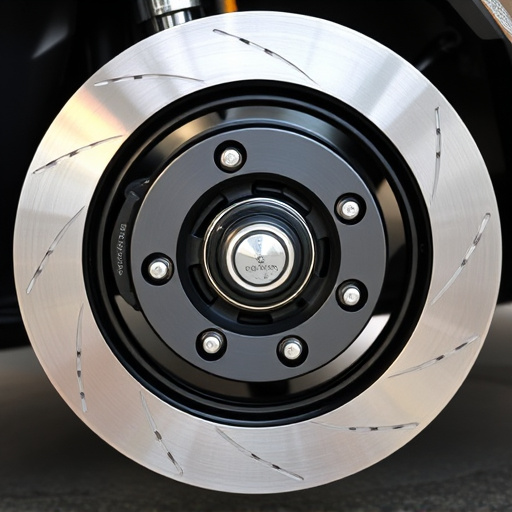Sway bar bushings are critical suspension components that enable optimal handling, stability, and ride quality. They connect the sway bar to the chassis, facilitating controlled lateral movement while resisting excessive roll during cornering. Regular inspection and replacement are essential for vehicle safety and longevity, alongside maintenance of other parts like exhaust systems and brake pads. Choosing manufacturer-specific bushings guarantees precise fit and enhances overall performance. Balancing bushing alignment with suspension components allows for fine-tuning cornering precision and ride quality, especially when integrating aftermarket parts.
Balance your vehicle’s handling and stability with a precise understanding of sway bar bushings and their integral role in suspension systems. This guide navigates the art of balancing sway bar bushings, offering insights into their functioning and how they interact with your car’s setup. We’ll walk you through assessing component compatibility and mastering techniques to fine-tune your suspension for optimal performance, ensuring a seamless blend of control and comfort on the road. Discover the secrets to achieving the perfect balance with sway bar bushing adjustments.
- Understanding Sway Bar Bushings and Their Role in Suspension
- Assessing Your Vehicle's Setup: Components and Compatibility
- Techniques for Balancing Sway Bar Bushings with Suspension Setup Adjustments
Understanding Sway Bar Bushings and Their Role in Suspension
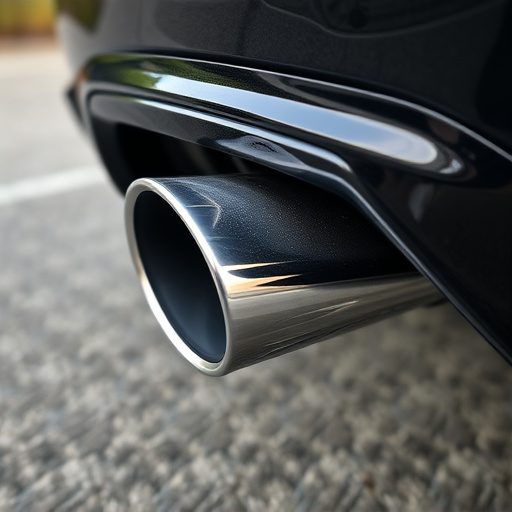
Sway bar bushings are an integral component of a vehicle’s suspension system, playing a crucial role in ensuring optimal handling and stability. These bushing components connect the sway bar (also known as anti-roll bar) to the vehicle’s chassis or suspension arms. Their primary function is to allow for some degree of movement while also resisting excessive lateral displacement, thereby reducing body roll during cornering. This precise balance between flexibility and stiffness directly impacts the car’s overall handling dynamics.
In addition to their role in enhancing cornering performance, sway bar bushings also contribute to a smoother ride. They absorb and distribute the forces generated during driving, particularly when navigating over uneven terrain or making sharp turns. By managing these forces, the bushing helps to prevent excessive wear on other suspension components, such as control arms and ball joints, which can lead to issues with steering precision and overall vehicle stability. Regular inspection and replacement of sway bar bushings are recommended to maintain optimal suspension performance, ensuring a safer and more responsive driving experience, even when compared to other suspension parts like exhaust systems or brake pads, and promoting the longevity of air filter kits.
Assessing Your Vehicle's Setup: Components and Compatibility
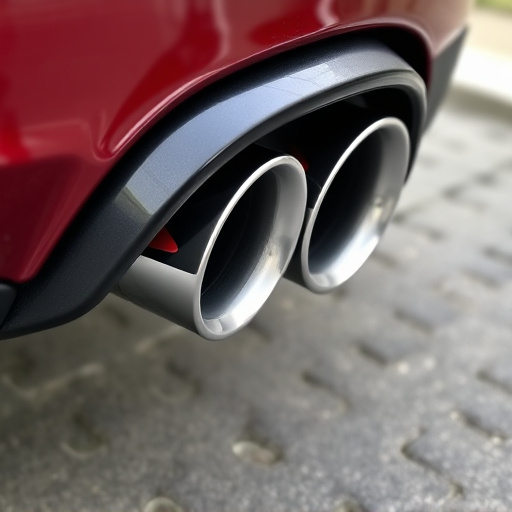
When assessing your vehicle’s setup for balancing sway bar bushings, it’s crucial to understand the intricate components and their compatibility. The sway bar, a vital component of your car’s suspension system, connects opposing wheels, helping to reduce body roll during cornering. Bushings, which act as bearings between the sway bar and the mounting points, play a critical role in maintaining the sway bar’s alignment and flexibility.
To ensure optimal performance, carefully consider factors like the type of bushings (polyurethane, rubber, etc.), their durometers, and how they interact with your vehicle’s existing suspension components—including shock absorbers, struts, and control arms. In terms of compatibility, select sway bar bushings designed for your specific make and model to guarantee a seamless fit without compromising the overall stability and handling of your vehicle. Complementing high-performance parts like exhaust mufflers and tips can further enhance your car’s performance, but ensuring proper suspension setup, including balanced sway bar bushings, is paramount for safety and control.
Techniques for Balancing Sway Bar Bushings with Suspension Setup Adjustments
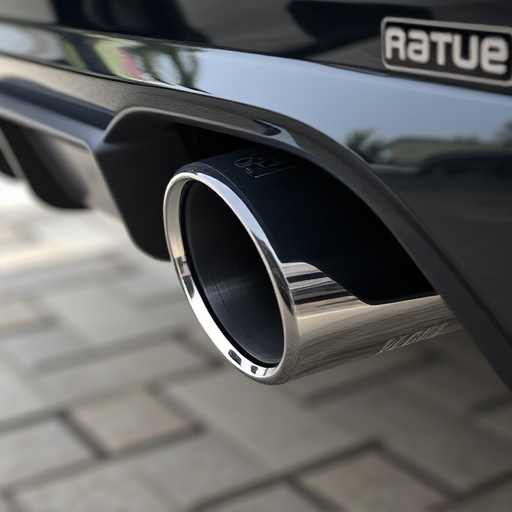
Balancing sway bar bushings with your suspension setup is a crucial step in optimizing vehicle handling and stability. One effective technique involves adjusting the alignment of the bushings relative to the suspension components. This can be done by slightly rotating or sliding the bushings within their mounting points, allowing for precise control over the amount of compliance and stiffness in each direction (front-to-back and side-to-side). It’s important to note that these adjustments should be made incrementally, with careful attention to how they affect overall vehicle dynamics.
Additionally, consider the impact of your exhaust system or cat-back exhaust on suspension tuning. The weight distribution and forces generated by an aftermarket exhaust can significantly influence the behavior of sway bar bushings. When installing performance suspension kits, these factors should be taken into account to ensure proper balancing. By thoughtfully integrating these adjustments, you can create a well-tuned setup that enhances both cornering precision and overall ride quality.
Balancing sway bar bushings is a key aspect of optimizing your vehicle’s suspension setup. By understanding the role of these bushings and assessing their compatibility with your vehicle, you can make informed adjustments to achieve better handling and stability. Through techniques that involve careful alignment and precise tuning, you’ll enhance performance without compromising safety. Remember, proper balance ensures your vehicle responds consistently in turns, providing a smoother ride and improved control. So, whether you’re a car enthusiast or a professional mechanic, mastering the art of sway bar bushing balancing is a game-changer for any suspension setup.
